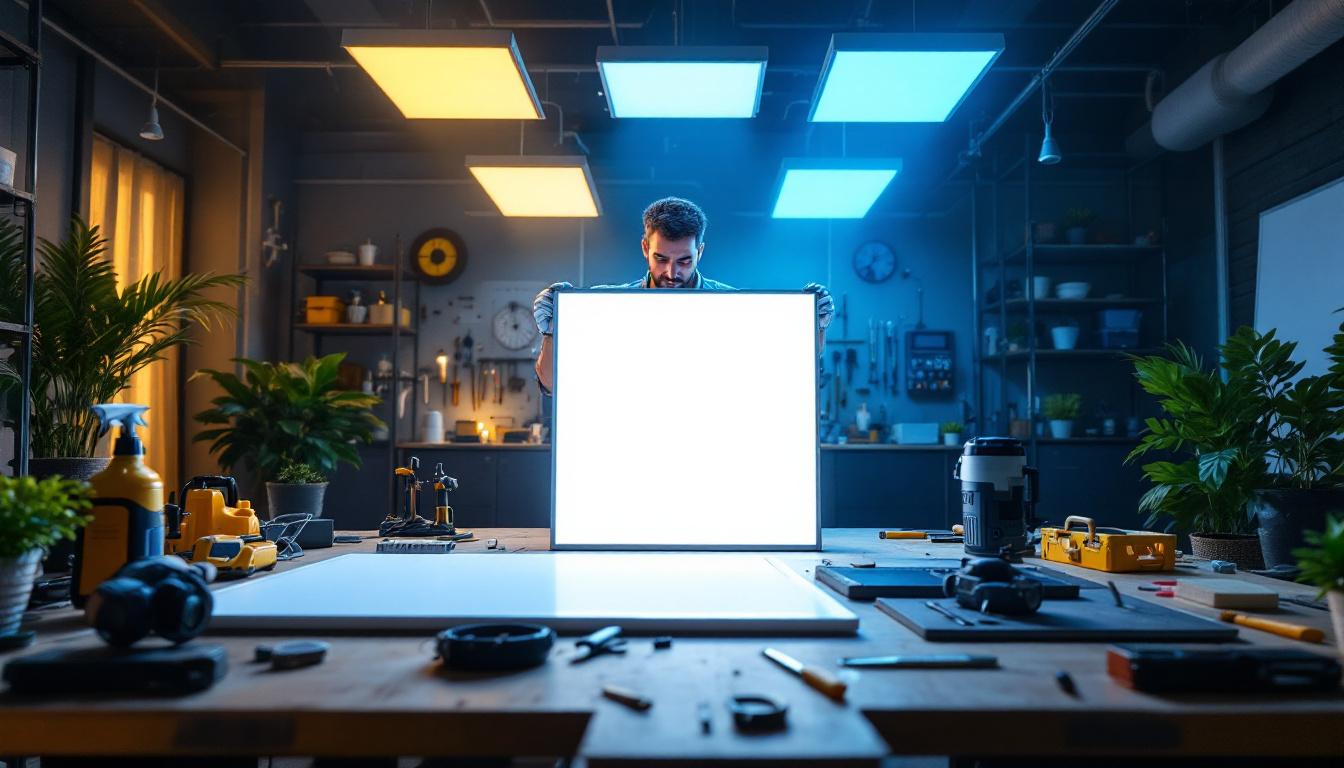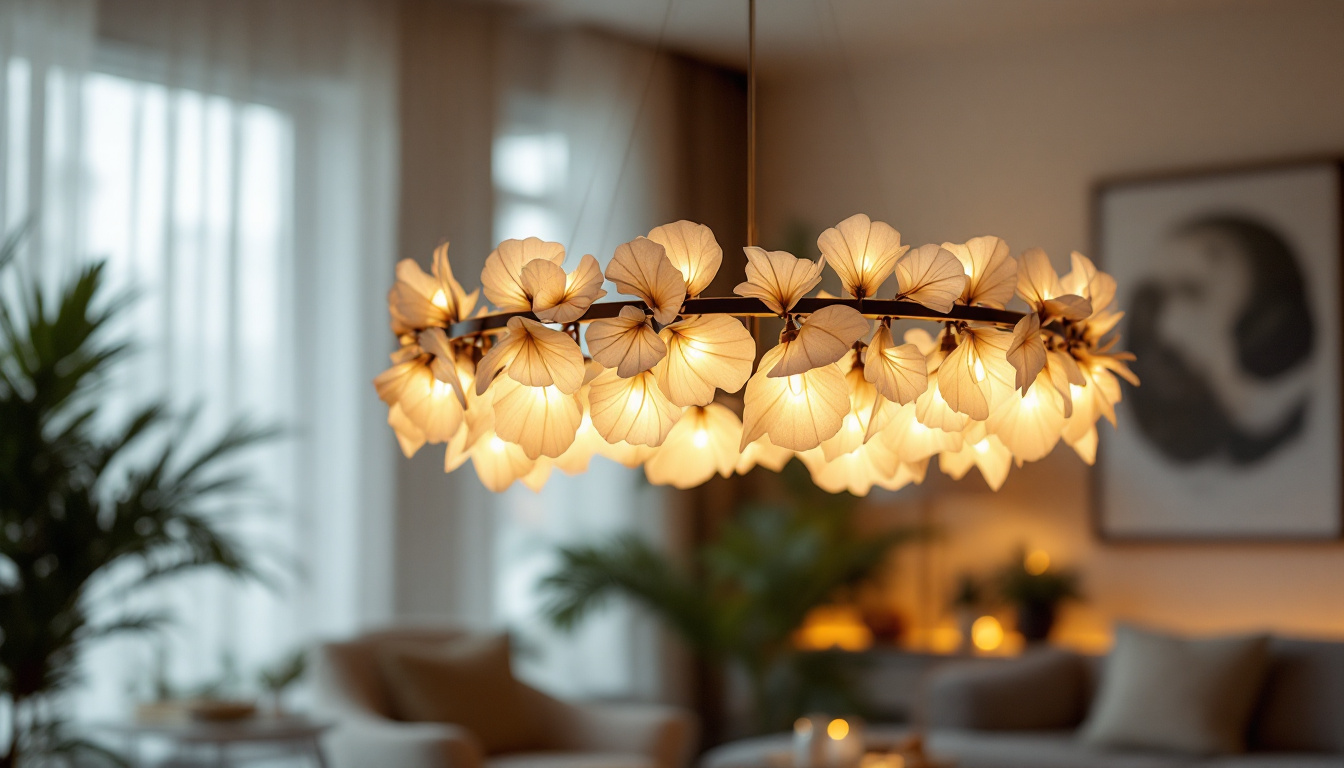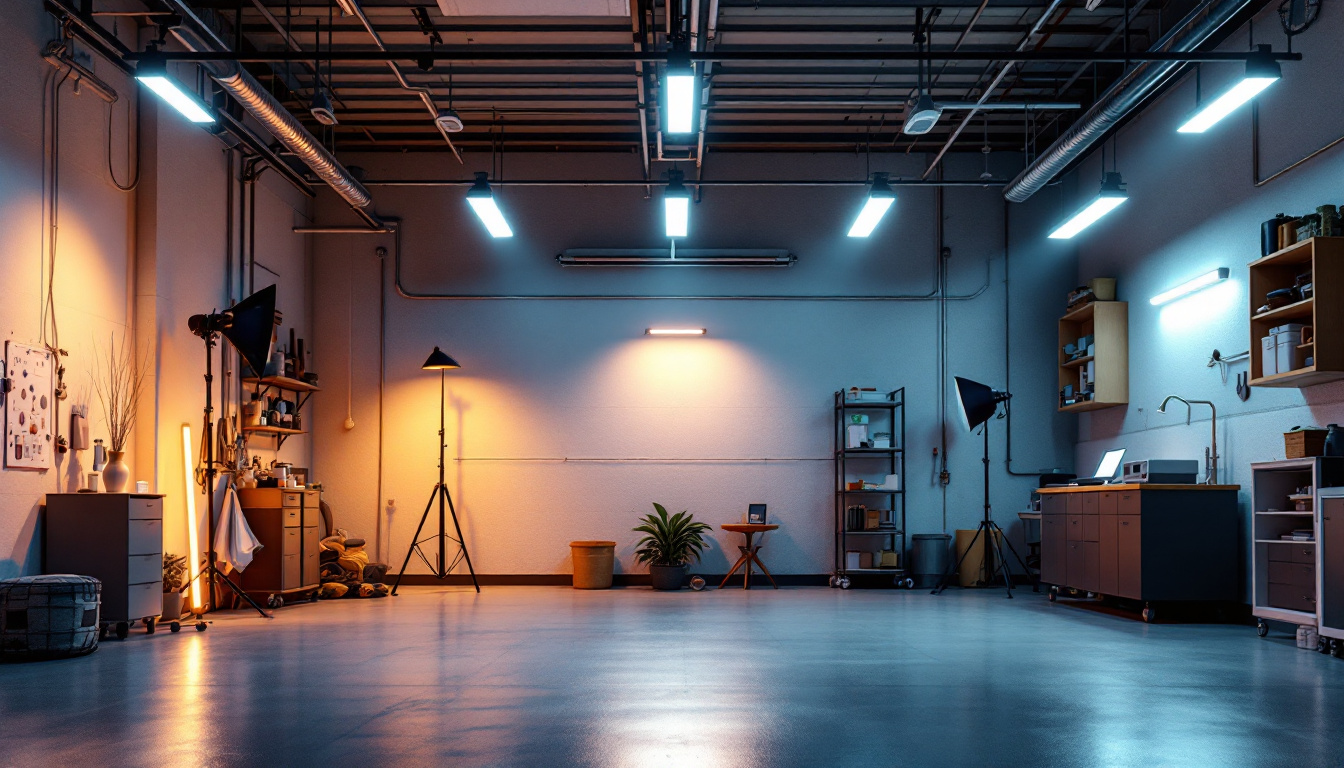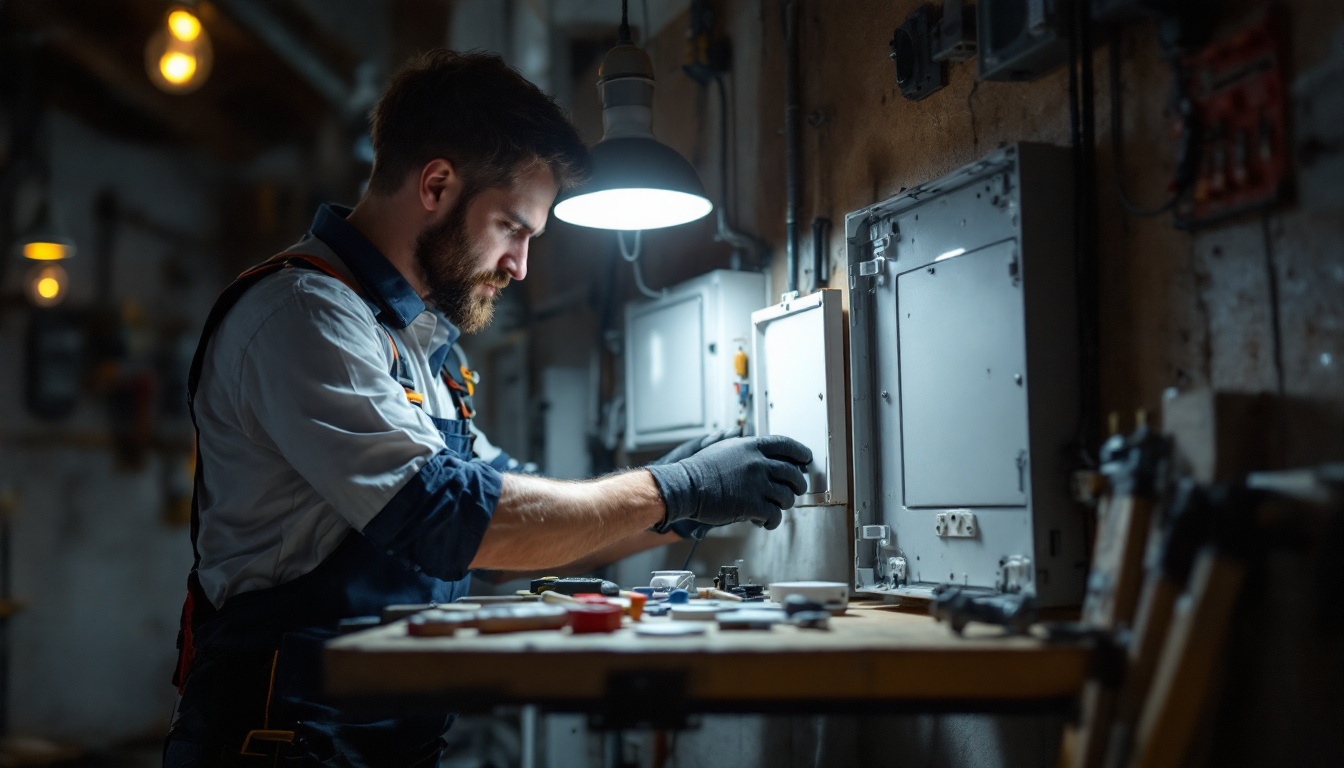
In the evolving landscape of interior design and home improvement, under cabinet lighting has emerged as a vital component in enhancing functionality and aesthetics. For lighting contractors, understanding how to effectively hardwire these fixtures not only improves the quality of installations but also ensures that projects are future-proofed against changing technologies and homeowner preferences. This article delves into the best practices for hardwiring under cabinet lights, offering insights that cater specifically to the needs of lighting professionals.
Under cabinet lighting serves multiple purposes, making it a popular choice in both residential and commercial spaces. It provides essential task lighting for kitchen counters, workspaces, and display areas, while also contributing to the overall ambiance of a room. The right lighting can highlight textures, colors, and architectural features, creating a more inviting environment.
Moreover, as energy efficiency becomes increasingly important, under cabinet lighting offers an opportunity to integrate LED technology, which is not only cost-effective but also environmentally friendly. For contractors, understanding the benefits of these systems is crucial in meeting client expectations and delivering high-quality installations.
One of the primary advantages of under cabinet lighting is its functional aspect. By illuminating work surfaces, it enhances visibility, making tasks such as cooking, reading, or crafting easier and safer. This is particularly important in kitchens, where proper lighting can significantly impact the efficiency of meal preparation. Additionally, under cabinet lighting can help reduce eye strain by providing focused light where it is most needed, allowing users to work for longer periods without discomfort.
In addition to task lighting, under cabinet fixtures can also serve as accent lighting. By strategically placing lights to highlight specific areas or features, contractors can create visual interest and depth in a room. This dual functionality makes under cabinet lighting a versatile choice for various applications. For instance, in a kitchen, it can illuminate a beautiful backsplash or highlight decorative items on shelves, turning functional spaces into showcases of design.
Beyond functionality, under cabinet lighting plays a crucial role in the overall aesthetic of a space. The soft glow from these fixtures can create a warm and inviting atmosphere, enhancing the overall design of a kitchen or workspace. With the variety of styles and finishes available, contractors can easily find options that complement existing decor. From sleek and modern designs to more traditional fixtures, the choices available can cater to any design preference, ensuring that the lighting not only serves a purpose but also enhances the visual appeal of the space.
Furthermore, the ability to adjust brightness and color temperature allows homeowners to customize their lighting experience, making it easier to transition from bright task lighting during the day to softer, more ambient lighting in the evening. This adaptability is particularly beneficial for open-concept spaces where the kitchen, dining, and living areas blend together. By using under cabinet lighting in conjunction with other light sources, homeowners can create a cohesive and harmonious lighting scheme that enhances the functionality and beauty of their home.
When it comes to hardwiring under cabinet lights, careful planning is essential. This involves assessing the layout of the space, determining the appropriate type and placement of fixtures, and ensuring compliance with local electrical codes. A well-thought-out plan not only simplifies the installation process but also enhances the longevity and effectiveness of the lighting system.
Before beginning any installation, contractors should conduct a thorough assessment of the space. This includes measuring the dimensions of cabinets, countertops, and other relevant areas. Understanding the layout will help determine the number and type of fixtures needed to achieve optimal lighting.
Additionally, consider the specific tasks that will be performed in the area. For example, a kitchen may require brighter, more focused lighting for cooking, while a craft area might benefit from adjustable lighting options. Tailoring the lighting plan to the unique needs of the space ensures that the final result will meet or exceed client expectations.
With numerous under cabinet lighting options available, selecting the right fixtures is crucial for a successful installation. LED strip lights, puck lights, and linear fixtures each offer distinct advantages and can be chosen based on the specific requirements of the project.
LED strip lights are particularly popular for their versatility and ease of installation. They can be cut to length and easily mounted under cabinets, providing a seamless look. Puck lights, on the other hand, offer a more focused beam of light and can be spaced out to create a dramatic effect. Linear fixtures provide a sleek, modern look and can be used to illuminate larger areas effectively.
Once the planning phase is complete, the next step involves the actual hardwiring of the under cabinet lights. This process requires a solid understanding of electrical systems and adherence to safety protocols. Proper hardwiring ensures that the lights function efficiently and reduces the risk of electrical issues in the future.
Before beginning any electrical work, it is essential to familiarize oneself with local electrical codes and regulations. These codes dictate how electrical systems must be installed to ensure safety and efficiency. Violating these codes can lead to dangerous situations and may result in fines or legal repercussions.
Contractors should also consider the implications of future upgrades. By adhering to best practices and code requirements during the initial installation, the system can be more easily adapted to accommodate new technologies or changes in homeowner preferences.
The process of hardwiring under cabinet lights typically involves several key steps. First, ensure that the power is turned off at the circuit breaker to prevent any accidents during installation. Next, run electrical wiring from the power source to the location of the fixtures, ensuring that all connections are secure and properly insulated.
Once the wiring is in place, mount the fixtures according to the manufacturer’s instructions. It is advisable to test the lights before securing them permanently to ensure that everything is functioning correctly. After confirming that the installation is successful, finish by securing all fixtures and restoring power to the circuit.
In an ever-evolving technological landscape, future-proofing lighting projects is essential for contractors. This involves selecting fixtures and systems that can adapt to changing technologies and client needs over time. By taking a proactive approach, contractors can ensure that their installations remain relevant and functional for years to come.
One of the most significant trends in lighting design is the integration of smart technology. Homeowners increasingly seek systems that can be controlled remotely, adjusted for brightness and color, and programmed for specific tasks. By incorporating smart technology into under cabinet lighting projects, contractors can offer clients enhanced convenience and control over their lighting systems.
When planning for smart technology, consider using fixtures that are compatible with popular smart home systems. This may involve selecting LED lights that can be integrated with Wi-Fi or Bluetooth technology, allowing homeowners to control their lighting through mobile apps or voice commands.
As energy efficiency becomes a priority for homeowners, selecting energy-efficient lighting options is essential. LED fixtures are not only long-lasting but also consume significantly less energy compared to traditional incandescent bulbs. By offering energy-efficient solutions, contractors can help clients reduce their energy bills while also contributing to environmental sustainability.
Additionally, consider incorporating dimmers and occupancy sensors into the lighting design. These features allow homeowners to adjust lighting levels based on their needs and can automatically turn lights off when a room is unoccupied, further enhancing energy savings.
Proper maintenance of under cabinet lighting systems is crucial for ensuring their longevity and performance. Contractors should educate clients on how to care for their lighting fixtures, including cleaning methods and troubleshooting common issues. By providing this information, contractors can help clients maintain their systems effectively, reducing the need for frequent repairs or replacements.
Regular cleaning is essential for maintaining the appearance and functionality of under cabinet lights. Dust and grime can accumulate over time, diminishing the quality of light emitted. Homeowners should be advised to use a soft, damp cloth to wipe down fixtures, avoiding harsh chemicals that could damage the finish.
Additionally, it is important to check for any signs of wear or damage, such as flickering lights or unusual sounds. Addressing these issues promptly can prevent further complications and ensure that the lighting system continues to operate efficiently.
As technology evolves, homeowners may wish to upgrade their lighting fixtures to take advantage of new features or improved energy efficiency. Contractors should be prepared to assist clients with these upgrades, offering guidance on the best options available. This may involve replacing outdated fixtures with newer, more efficient models or integrating additional smart technology into existing systems.
By fostering a relationship with clients that encourages ongoing communication and support, contractors can position themselves as trusted advisors in the realm of lighting design and installation.
Hardwiring under cabinet lights is a critical aspect of modern lighting projects, offering both functional and aesthetic benefits. By understanding the importance of proper planning, installation techniques, and future-proofing strategies, lighting contractors can deliver exceptional results that meet the evolving needs of homeowners.
Incorporating smart technology, prioritizing energy efficiency, and providing maintenance guidance are essential steps in ensuring that lighting installations remain relevant and effective over time. By embracing these practices, contractors can enhance their reputation and build lasting relationships with clients, ultimately leading to greater success in the competitive lighting industry.
Ready to elevate your lighting projects with the best in spec-grade fixtures? Look no further than LumenWholesale, where we provide lighting contractors with superior products at unbeatable wholesale prices. Say goodbye to middleman markups and hello to a vast selection of reliable, high-performance lighting that meets the highest industry standards. With the added convenience of free shipping on bulk orders, you can ensure your installations are not only future-proof but also cost-effective. Don’t compromise on quality or value—Wholesale Lighting at the Best Value is just a click away.

Discover the essential guide for contractors with our comprehensive checklist for 2X4 LED flat panels.

Discover how Chandelier Capiz is revolutionizing the lighting industry with its sustainable materials, exquisite craftsmanship, and timeless elegance.

Discover the essential guide to LED light fixtures for garages, tailored specifically for lighting contractors.

Discover the essential guide to electrical box covers tailored for lighting contractors.